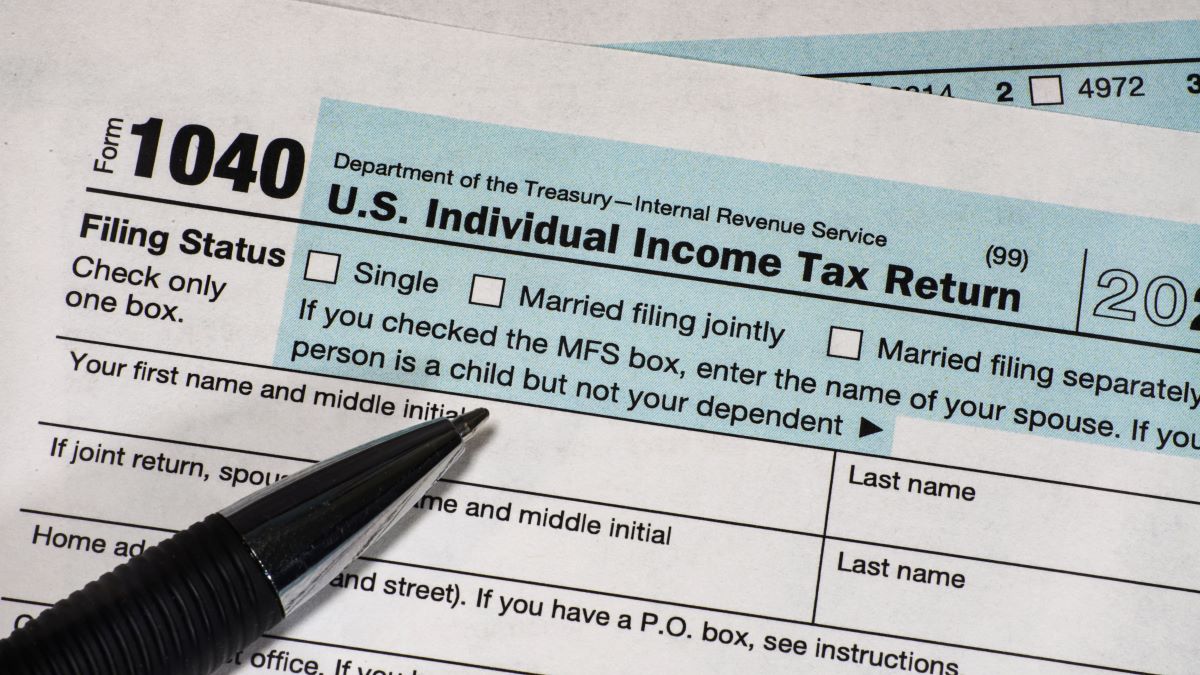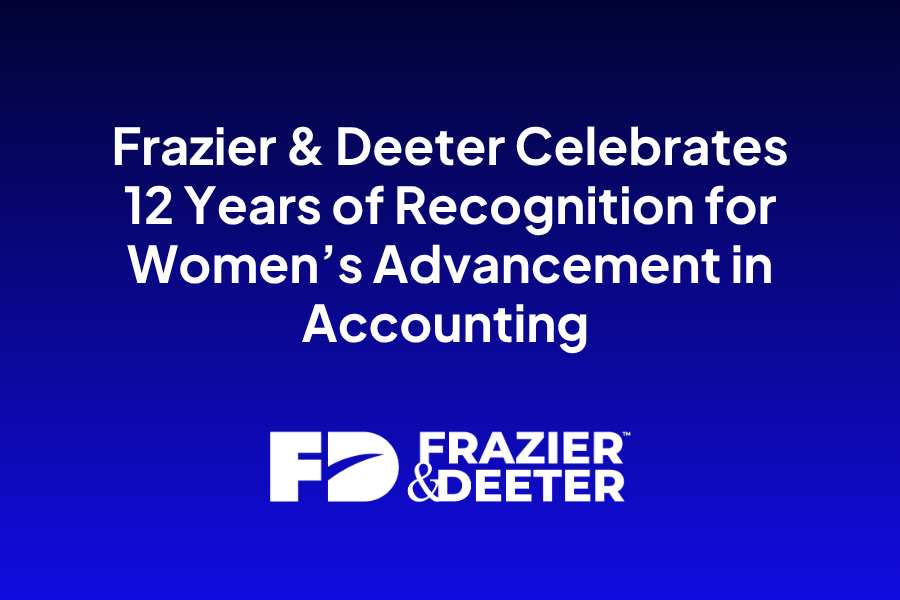Filing for New H.R.1 Individual Deductions

Whenever tax bills are enacted, especially ones with new tax breaks like H.R. 1, also known as the One Big Beautiful Bill Act (OBBBA), filing tax returns can get more complex. When the provisions are retroactive, the problem is compounded as the IRS rushes to create new forms and instructions. With many OBBBA provisions taking effect retroactively to the beginning of 2025, tax advisors must study hundreds of pages of statutory language before the next filing season.
The IRS has made the process a little easier than usual this time by putting four popular new individual deductions on one supplemental page of the existing Schedule 1, Form 1040 or Form 1040SR—the new Schedule 1A, Additional Deductions. There were concerns that the 1040 would get four new supplemental forms, but that did not happen.
Income Limits on New Deductions
While these deductions are identified with the phrase “No Tax On…”, they are not unlimited write-offs. Each deduction has dollar limitations, income eligibility rules and expiration dates after 2028. Because the availability of these deductions are tied to a taxpayer’s income level, Part I of the form starts out with a section on calculating modified adjusted gross income (MAGI), which is adjusted gross income (AGI) with specific adjustments that add back certain deductions and exclusions, increasing the amount. AGI is found on page 1 of Form 1040. The MAGI calculation is conveniently at the top of the form and applies to all four deductions.
Below is a quick view of each deduction with the MAGI phaseout levels that are used on the new Schedule to determine eligibility and the amount of each write-off.
Tip Deduction
- $25,000 per year, per taxpayer
- Beginning in 2025
- For itemizers and non-itemizers
- Begins phasing out for taxpayers with MAGI above $150,000 for single taxpayers or $300,000 for married filing jointly (MFJ)
- Complete phaseout at MAGI over $400,000 for singles and over $550,000 for MFJ
- Married taxpayers must file jointly to get the deduction
Overtime Pay Deduction
- $12,500 per year or $25,000 for MFJ
- Beginning in 2025
- For itemizers and non-itemizers
- Begins phasing out for MAGI above $150,000 for single taxpayers or $300,000 for MFJ
- Complete phaseout at MAGI over $275,000 for singles and over $550,000 for MFJ
- Married taxpayers must file jointly to get the deduction
Car Loan Interest Deduction
- $10,000 per year for passenger vehicle loan interest
- Beginning in 2025
- For itemizers and non-itemizers
- Begins phasing out for MAGI over $100,000 for singles or over $200,000 for MFJ
- Complete phaseout at MAGI over $150,000 for singles and over $250,000 for MFJ
- Qualified vehicles include new personal use vehicles assembled in the U.S. and secured by a first lien.
Senior Deduction
- $6,000 for taxpayers aged 65 or older
- Beginning in 2025
- Begins to phase out for MAGI that exceeds $75,000 for singles or $150,000 for MFJ
- Complete phaseout at MAGI over $175,000 for singles and over $250,000 for MFJ
Maximizing Your Deductions
Tax filers add up all four deductions at the bottom of the page and enter the total on their Form 1040.
With the different limitations and income level phaseouts, it is important to be aware of the eligibility rules for each deduction. While the deductions are intended for middle income taxpayers, the MAGI phaseout levels will allow many taxpayers of different income levels to take advantage of these new tax benefits.
Need a single source for all things OBBBA?
Explore our OBBBA Resource Hub for the latest analysis, guidance and tools to help your business stay ahead.
Explore related insights
-
Navigating the One Big Beautiful Bill Act: FD’s Insights & Analysis
Read more: Navigating the One Big Beautiful Bill Act: FD’s Insights & Analysis
-
Frazier & Deeter Expands Mid-Atlantic Footprint with Acquisition of Rosen, Sapperstein & Friedlander, LLC (RS&F)
Read more: Frazier & Deeter Expands Mid-Atlantic Footprint with Acquisition of Rosen, Sapperstein & Friedlander, LLC (RS&F)
-
Frazier & Deeter Celebrates 12 Years of Recognition for Women’s Advancement in Accounting
Read more: Frazier & Deeter Celebrates 12 Years of Recognition for Women’s Advancement in Accounting






